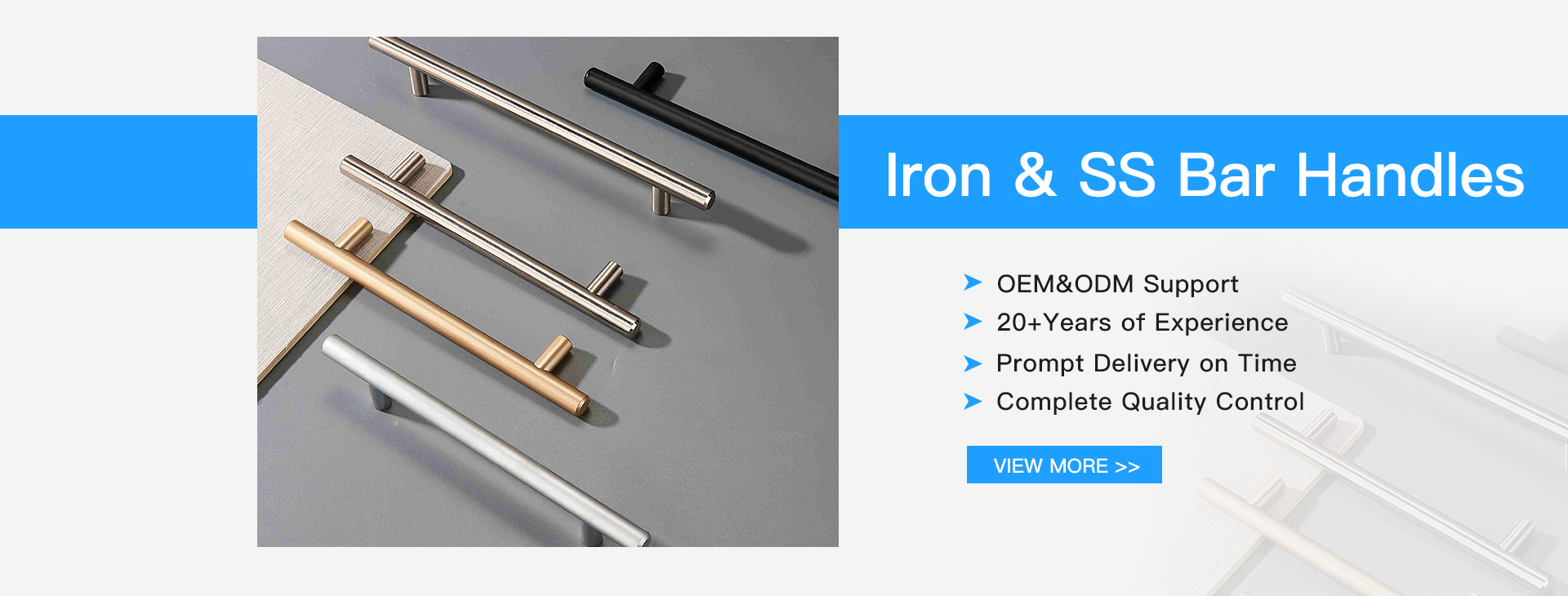Process and Methods of Disassembling the Motor (2)
Source: China Bearing Network | Time: 2014-05-07
Disassembly and reassembly of motor components is a critical process that requires attention to detail and proper technique. Here are some key steps for disassembling and assembling major parts of the motor: **(1) Disassembly and Assembly of Pulley or Coupling** Before removing the pulley or coupling, mark the position between the component and the shaft. Remove the fixing screws and pins, then use a puller to gradually extract it. If resistance is encountered, apply a small amount of oil into the inner hole and continue pulling. If still stuck, heat the pulley or coupling using a quick flame while wrapping the shaft in a damp cloth and pouring cold water over it to prevent heat from transferring into the motor. When reinstalling, lubricate the shaft hole with a fine abrasive cloth, align the pulley or coupling with the keyway on the shaft, and gently tap the key into place using a wooden or iron block. Ensure the key fits snugly without being too tight or loose, as this can damage the keyway or cause belt slippage. **(2) Disassembly and Assembly of the Bearing Cover** Removing the bearing cover is straightforward—just unscrew the fastening screws. Be careful not to lose the markings on the front and rear covers, as incorrect installation can lead to issues. To install, insert the outer cover over the end cap, secure it with a screw, and hold the rotating shaft in place while aligning the holes. Once aligned, tighten the screws symmetrically and ensure all fasteners are properly secured. **(3) Disassembly and Assembly of the End Cap** Before disassembling, mark the joint between the end cap and the base for easy reassembly. Unscrew the fastening screws and carefully lower the end cap using a screwdriver. Both the front and rear end caps should be marked symmetrically to avoid confusion during reinstallation. When installing, align the markings on the casing and end cap, and tighten the screws evenly in stages to avoid warping or damage. **(4) Disassembly and Assembly of the Rotor** Once the end caps are removed, the rotor can be extracted. For smaller motors, hold the rotor with one hand and slowly pull it out while supporting it with the other. For larger motors, two people should lift each end of the rotor and move it out carefully to avoid damaging the stator windings. When reinstalling, follow the reverse procedure and ensure the rotor moves smoothly within the stator. **(5) Disassembly and Assembly of Rolling Bearings** The process of removing rolling bearings is similar to removing pulleys. A puller is ideal, but if unavailable, clamp the shaft and suspend the rotor. Use a block or copper piece on the shaft’s top and gently tap it with a hammer to remove the bearing. Safety is crucial during this process. When reassembling, use a flat iron pipe slightly larger than the shaft diameter and press the bearing onto the shaft. Tap the pipe with a hammer until the bearing is securely seated. Check the tightness between the bearing and the shaft—if too tight, sand the shaft with fine sandpaper to achieve a proper fit. The bearing’s outer ring should not be too tight against the end cap. Proper alignment and even tightening of screws are essential to avoid issues such as misalignment or excessive vibration.
Recommend to friends | Comments | Close window
| Bearing Related Knowledge |
| Bearing failure causes and general information about bearing packaging. Handling increased bearing temperature during turbine operation. Installation process of INA needle roller bearings. Features of spiral spring bearings. |
This article links to http:// Please indicate the bearing network http://
Previous: Repair methods for roller bearings – Reasons for surface grinding deficiencies and corresponding strategies

Iron & Ss Bar Handles,Kitchen Cabinet Drawer Handle,Wooden Furniture Handles,Stainless Steel Kitchen Handle
ONLEE HARDWARE CO.,LTD , https://www.onleehardware.com
